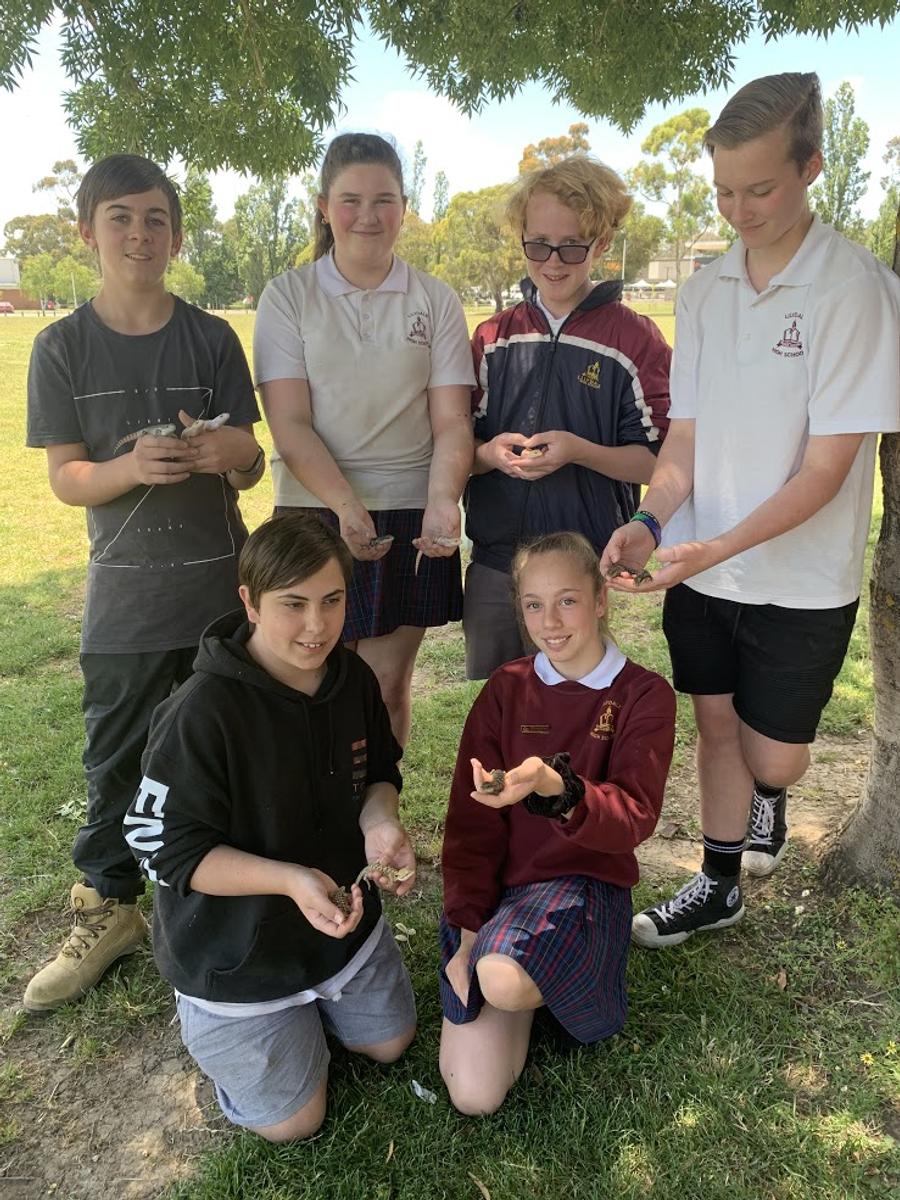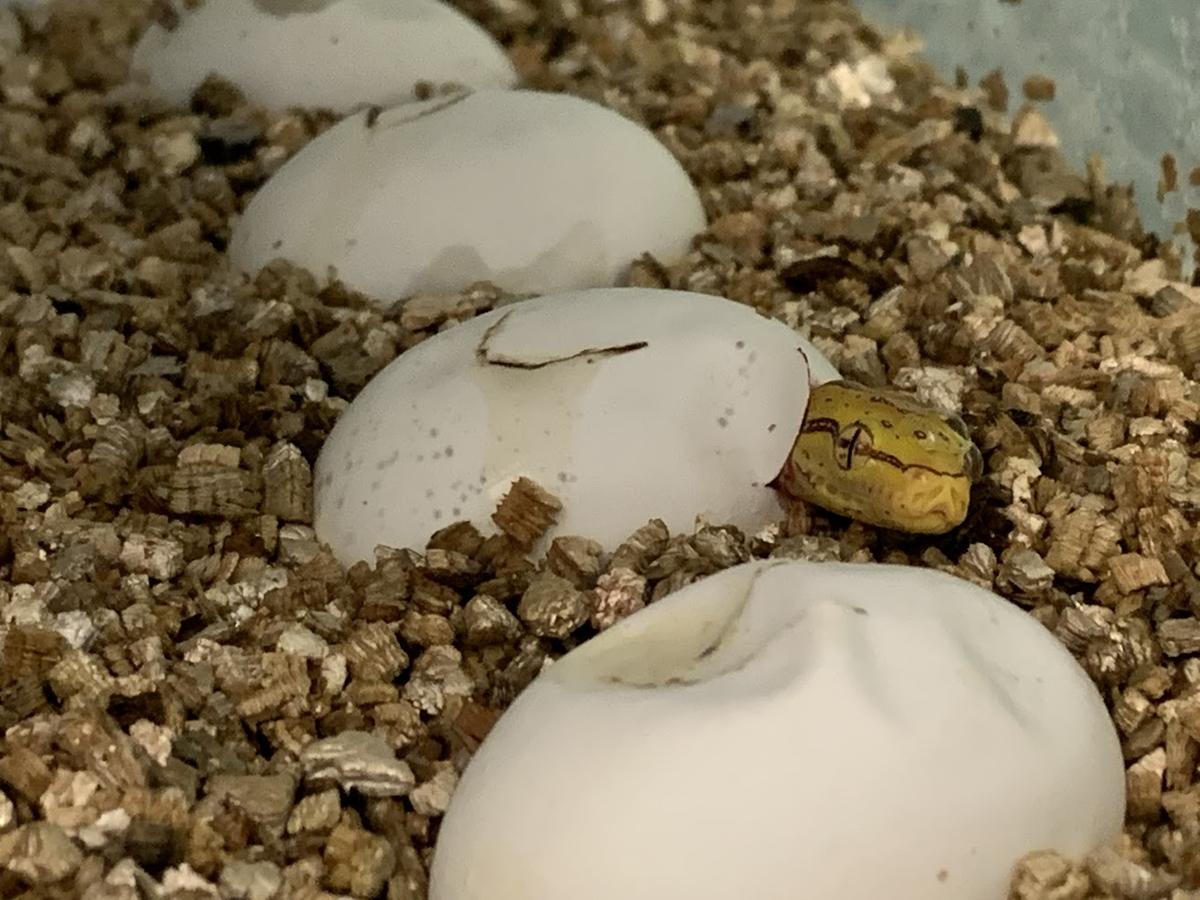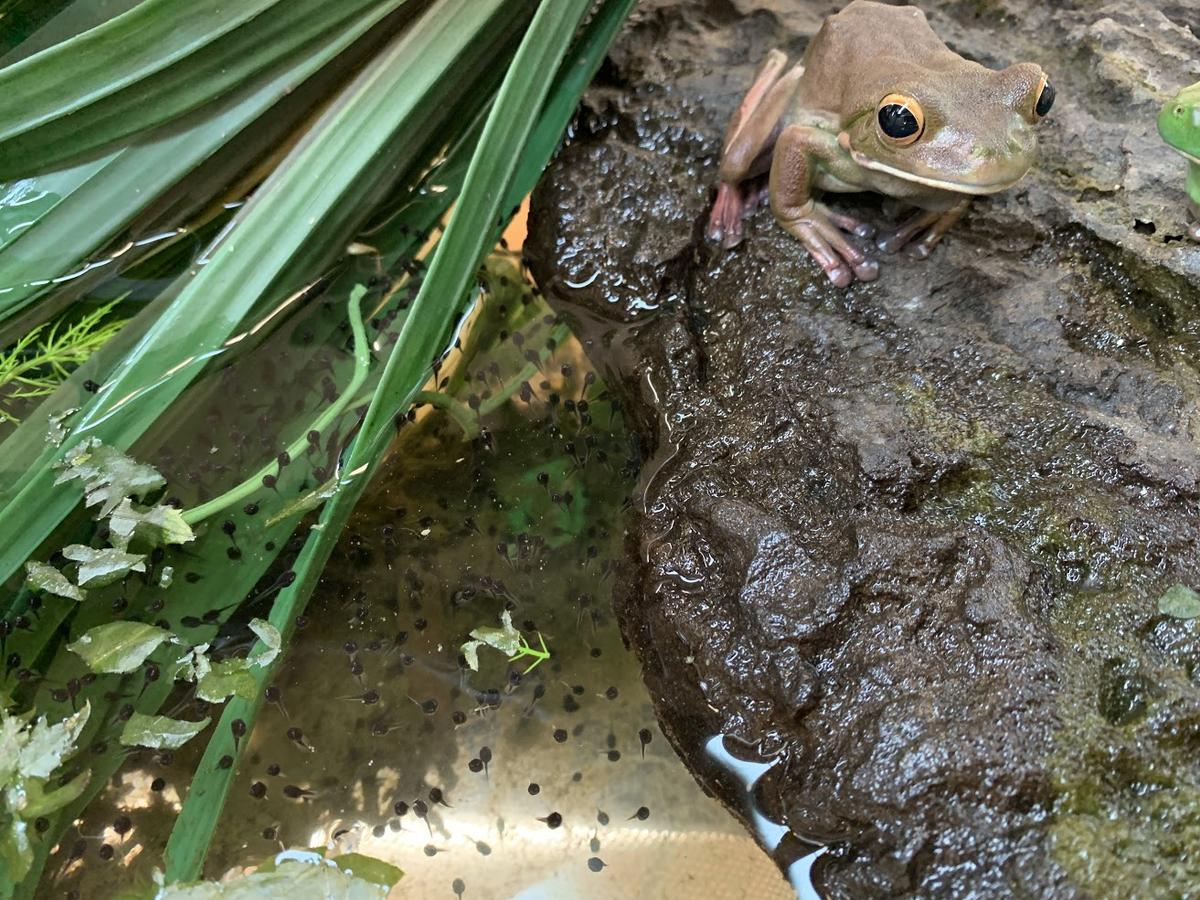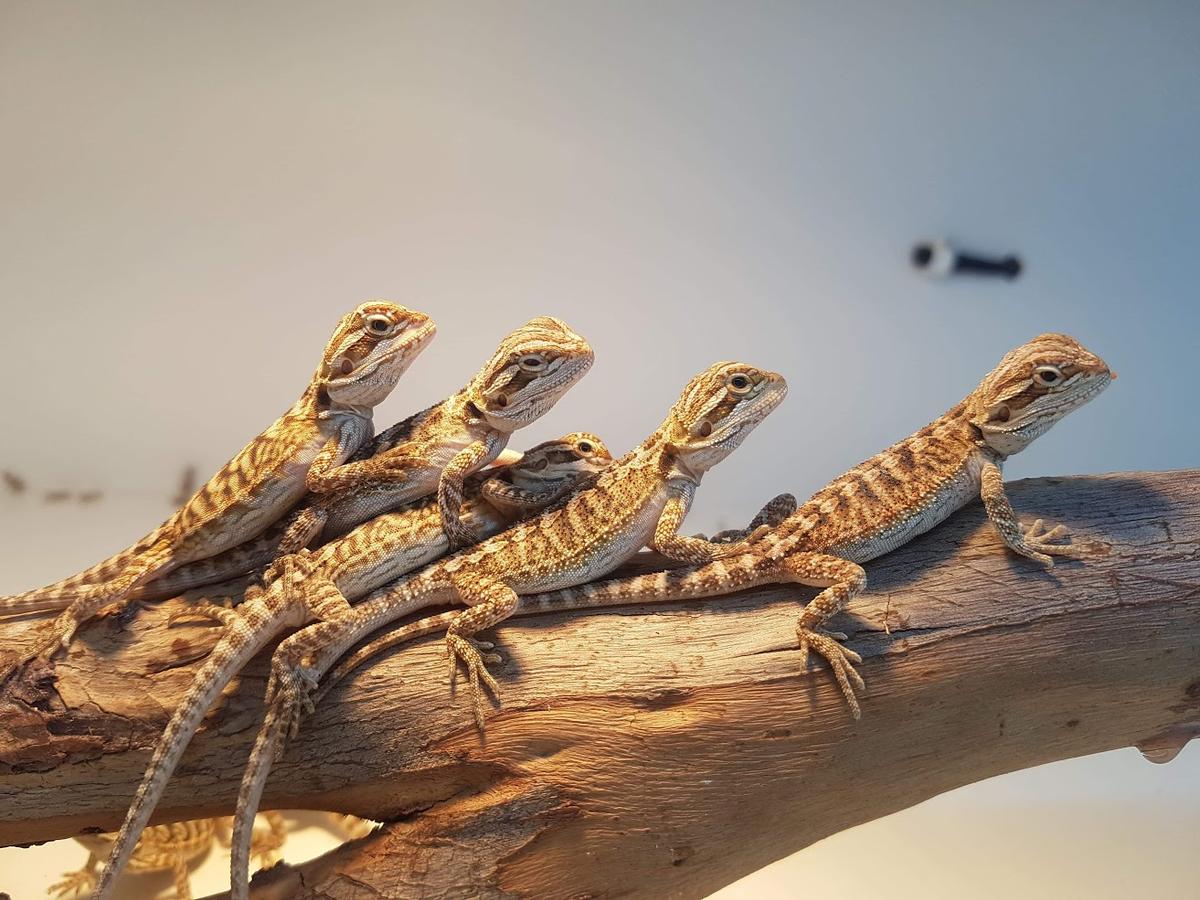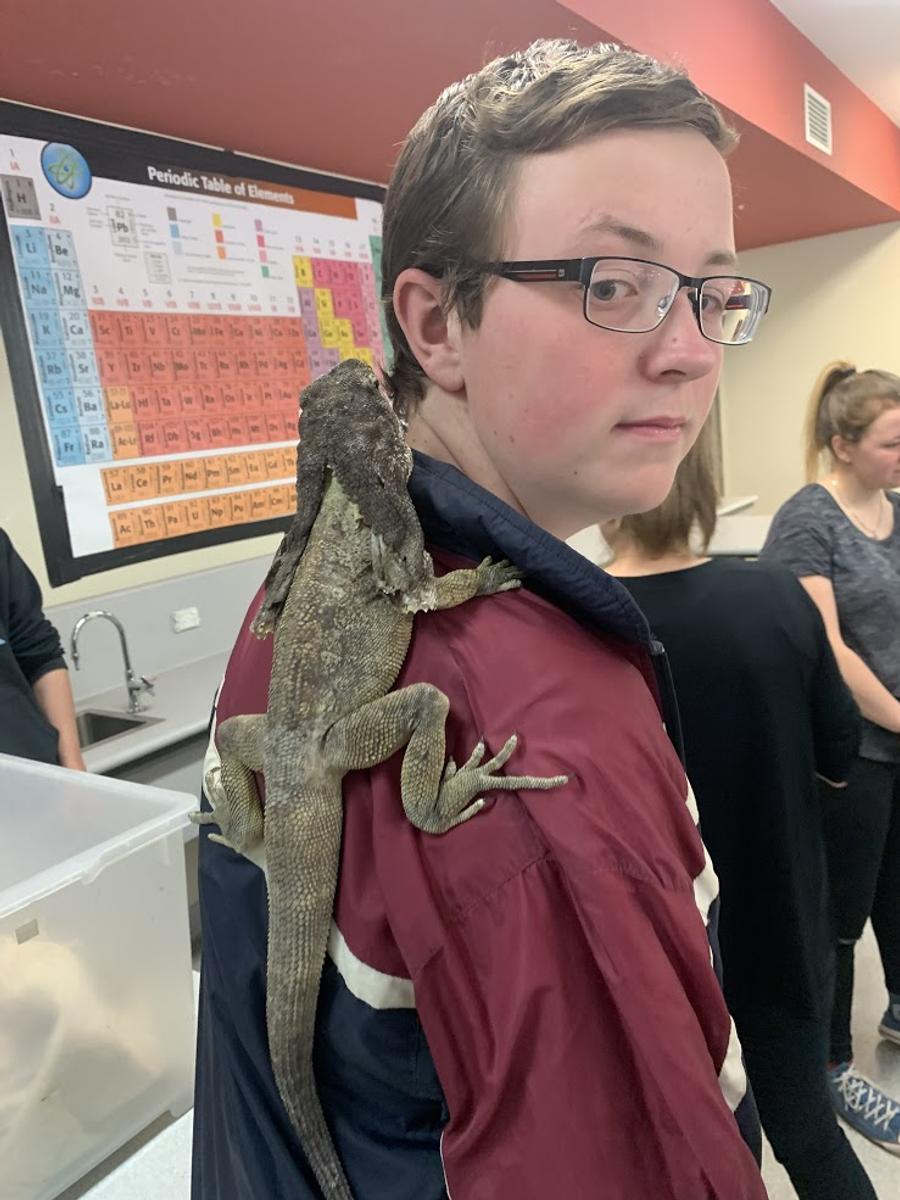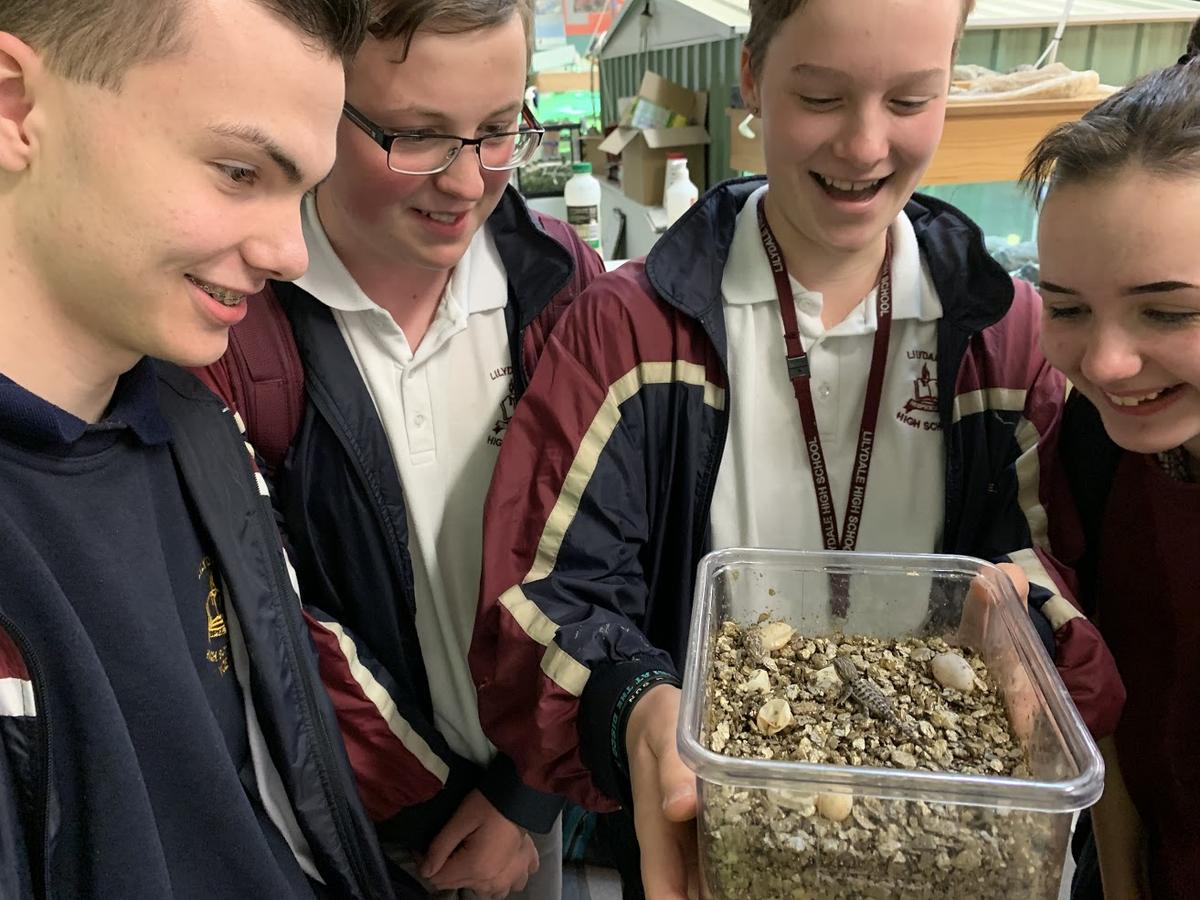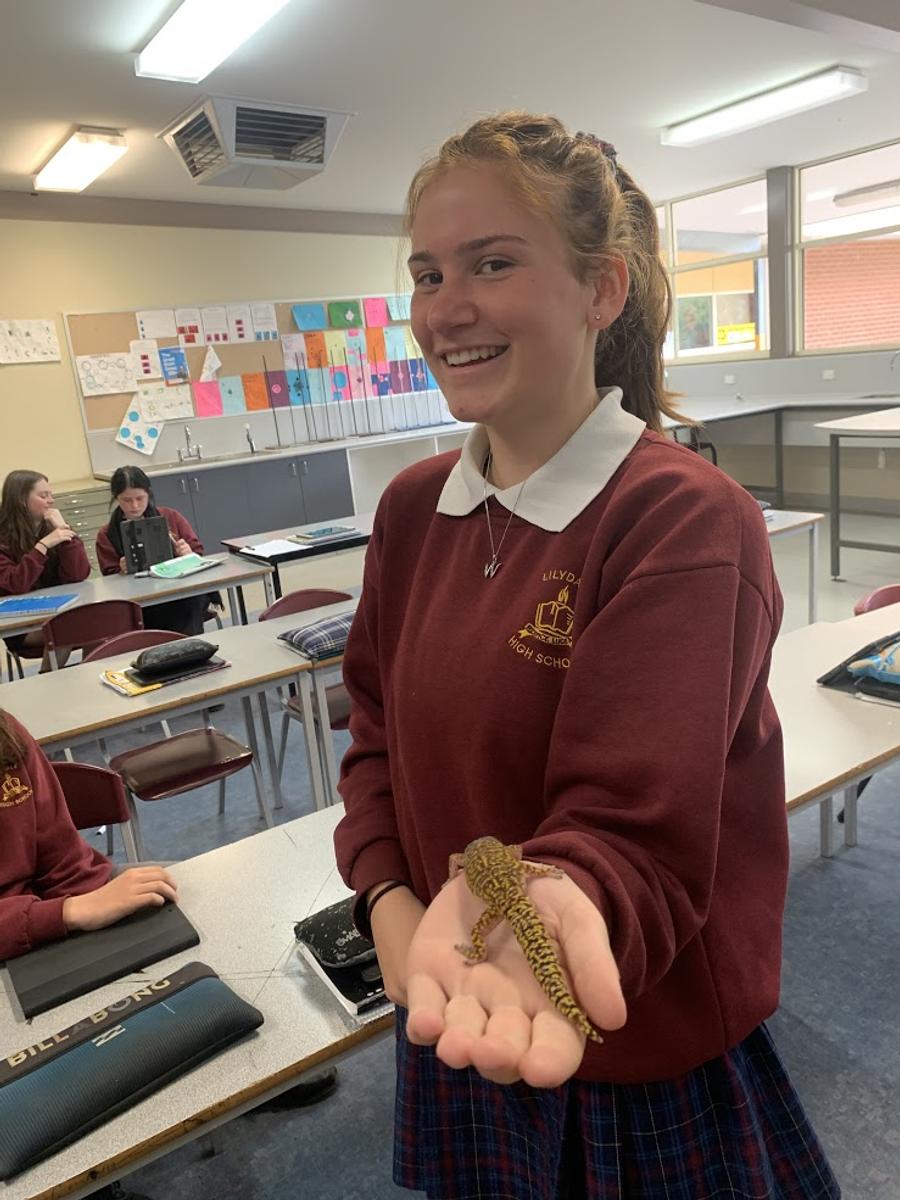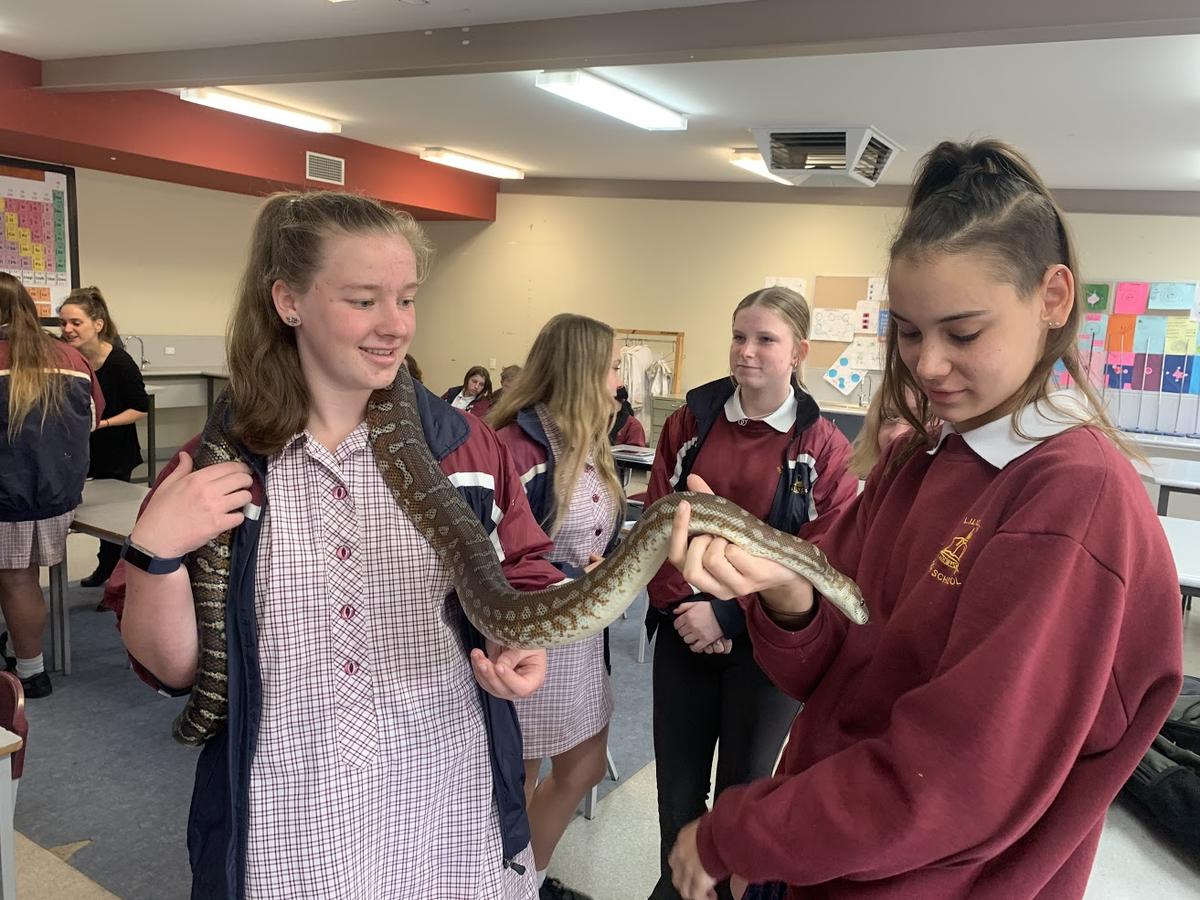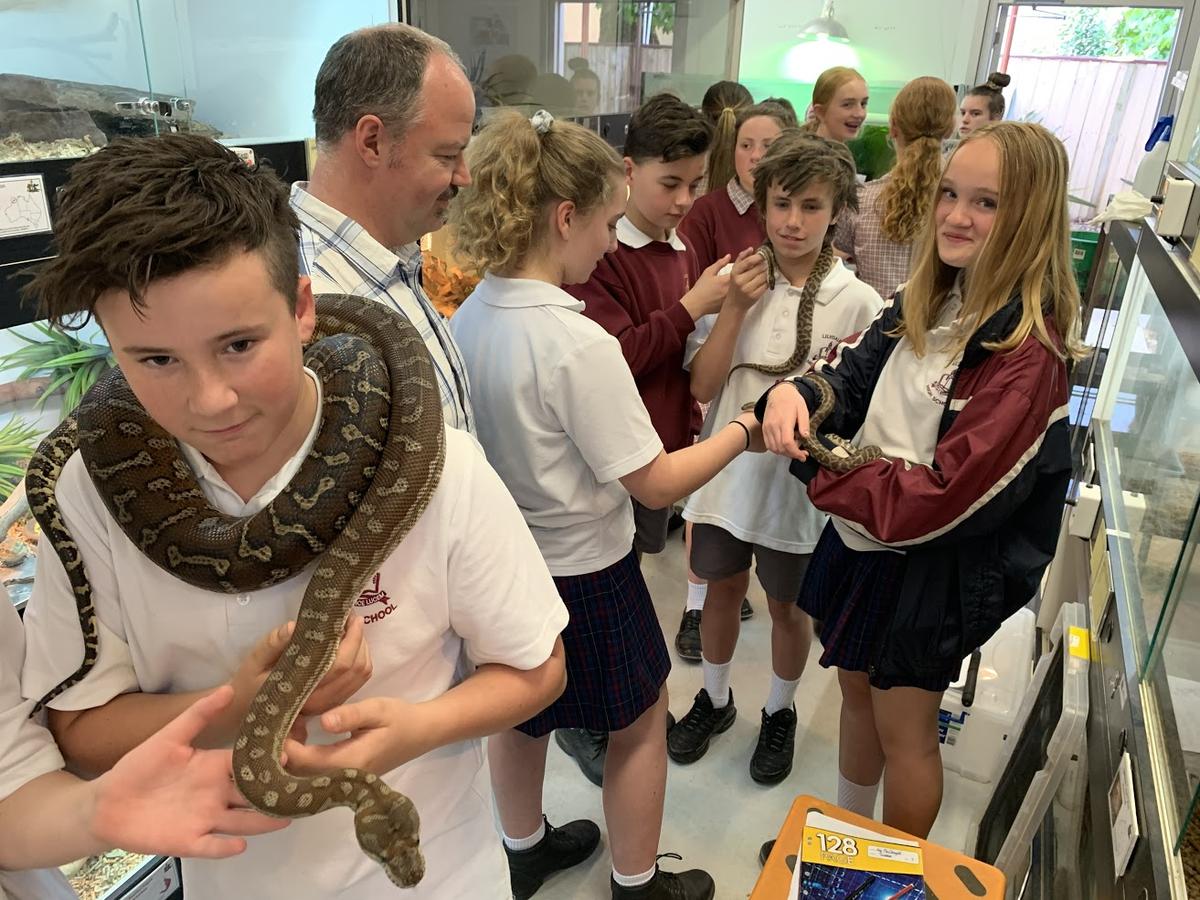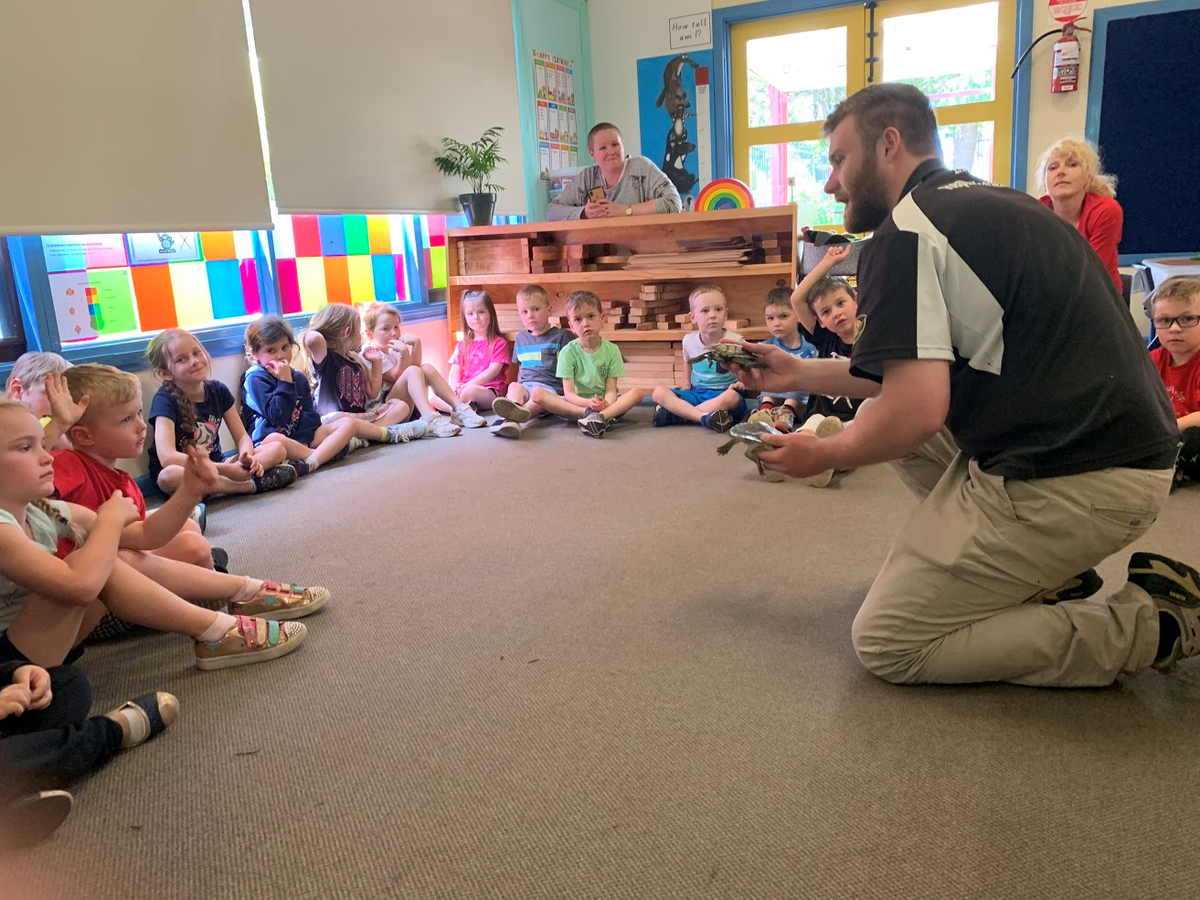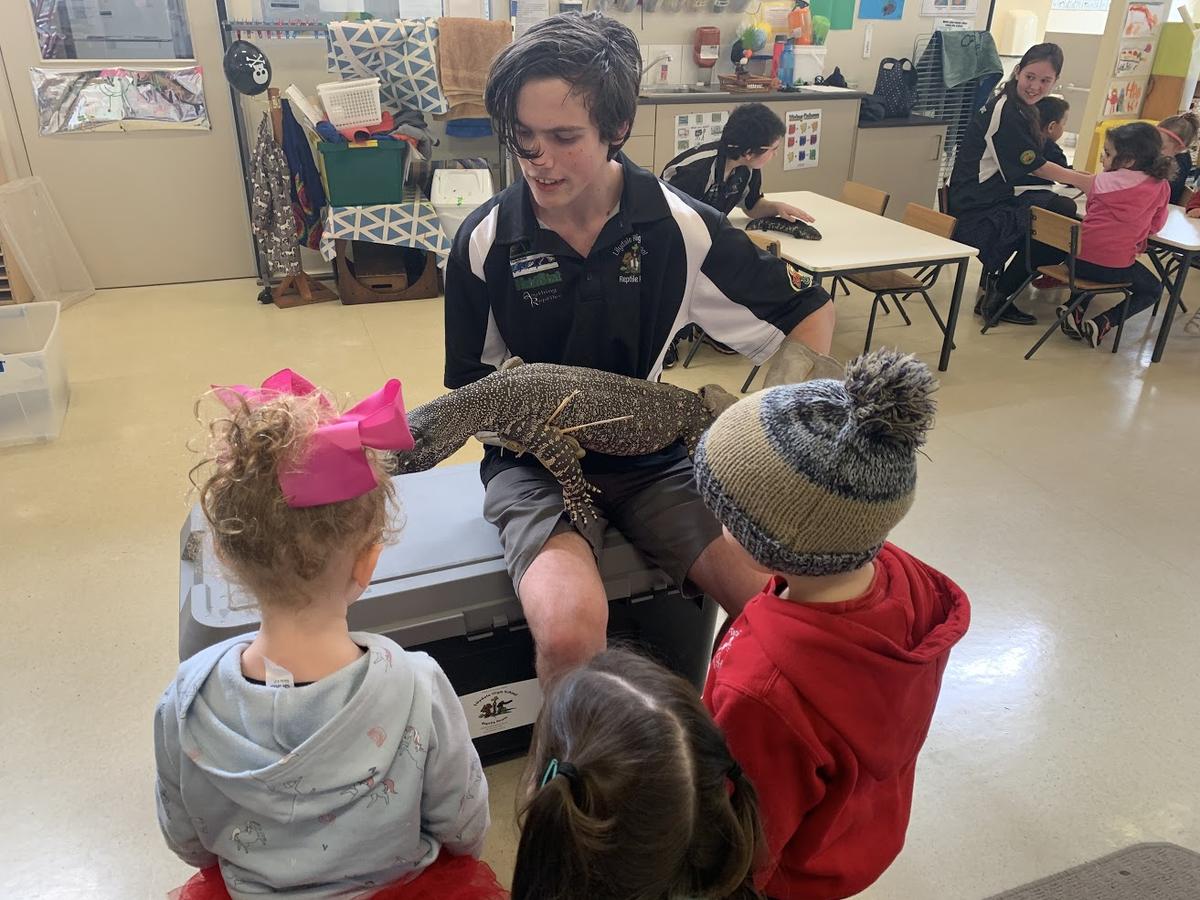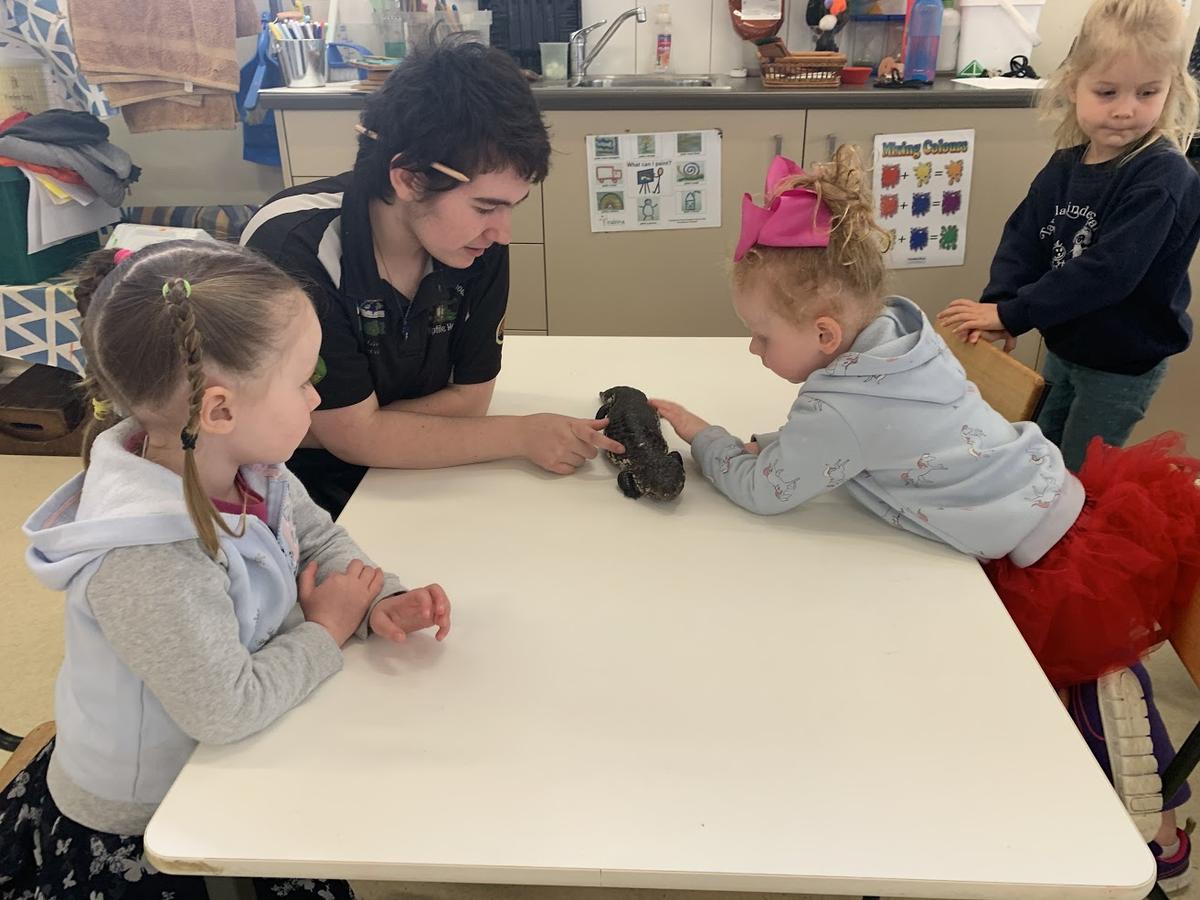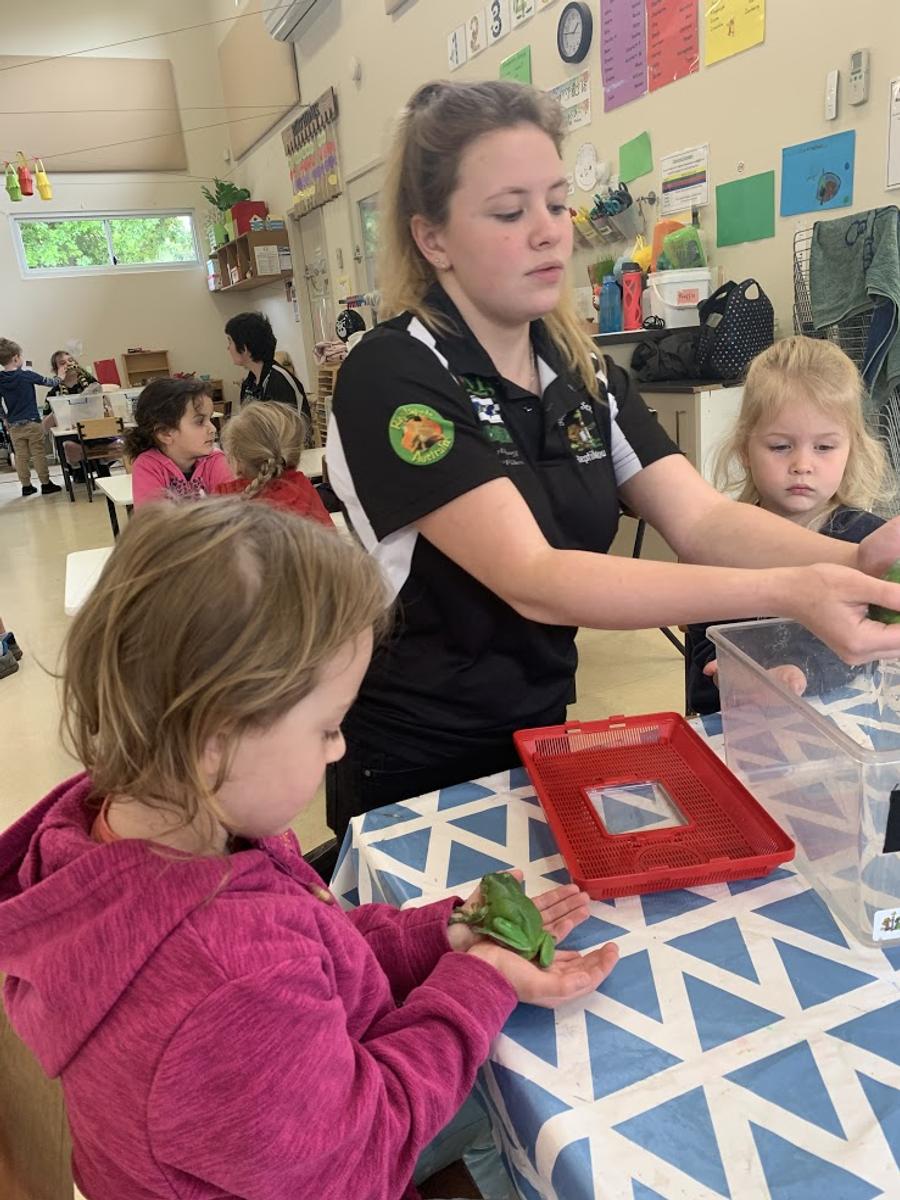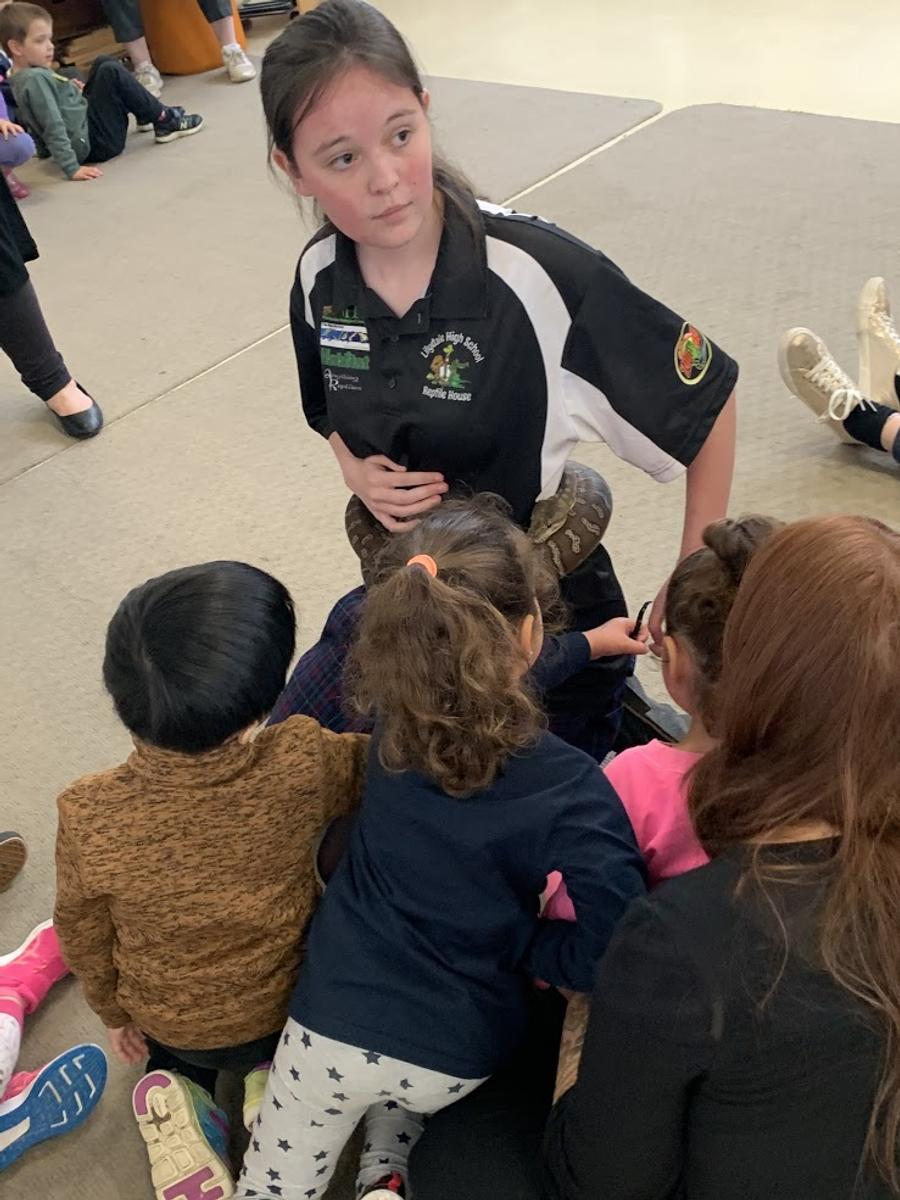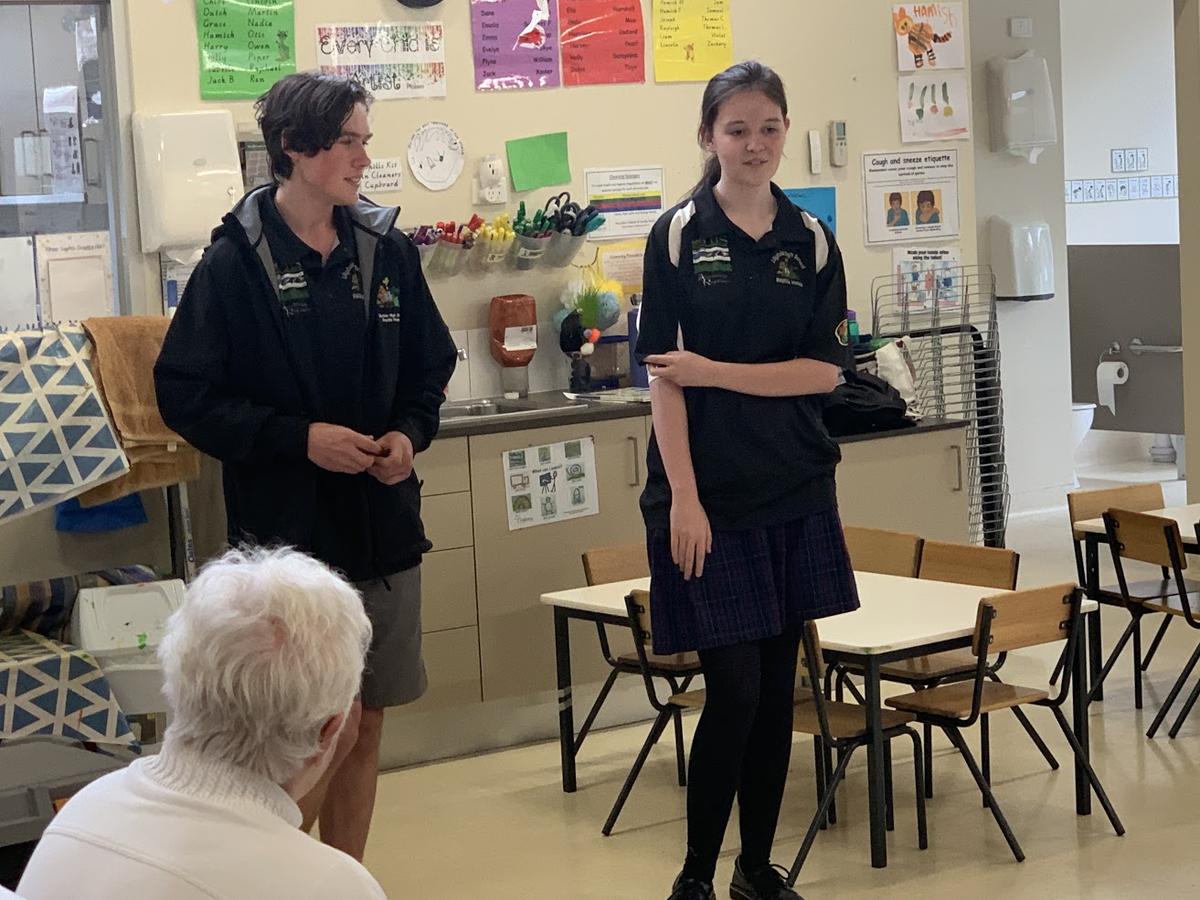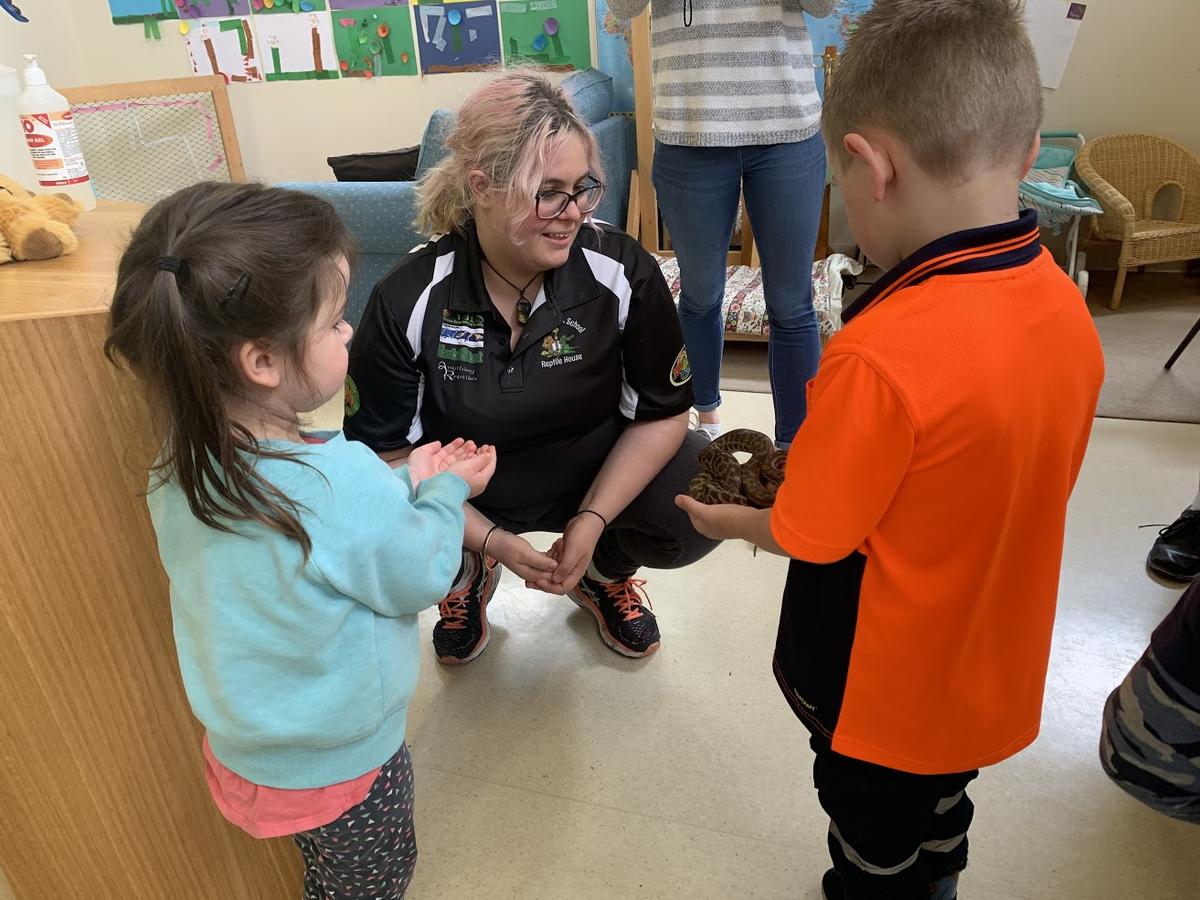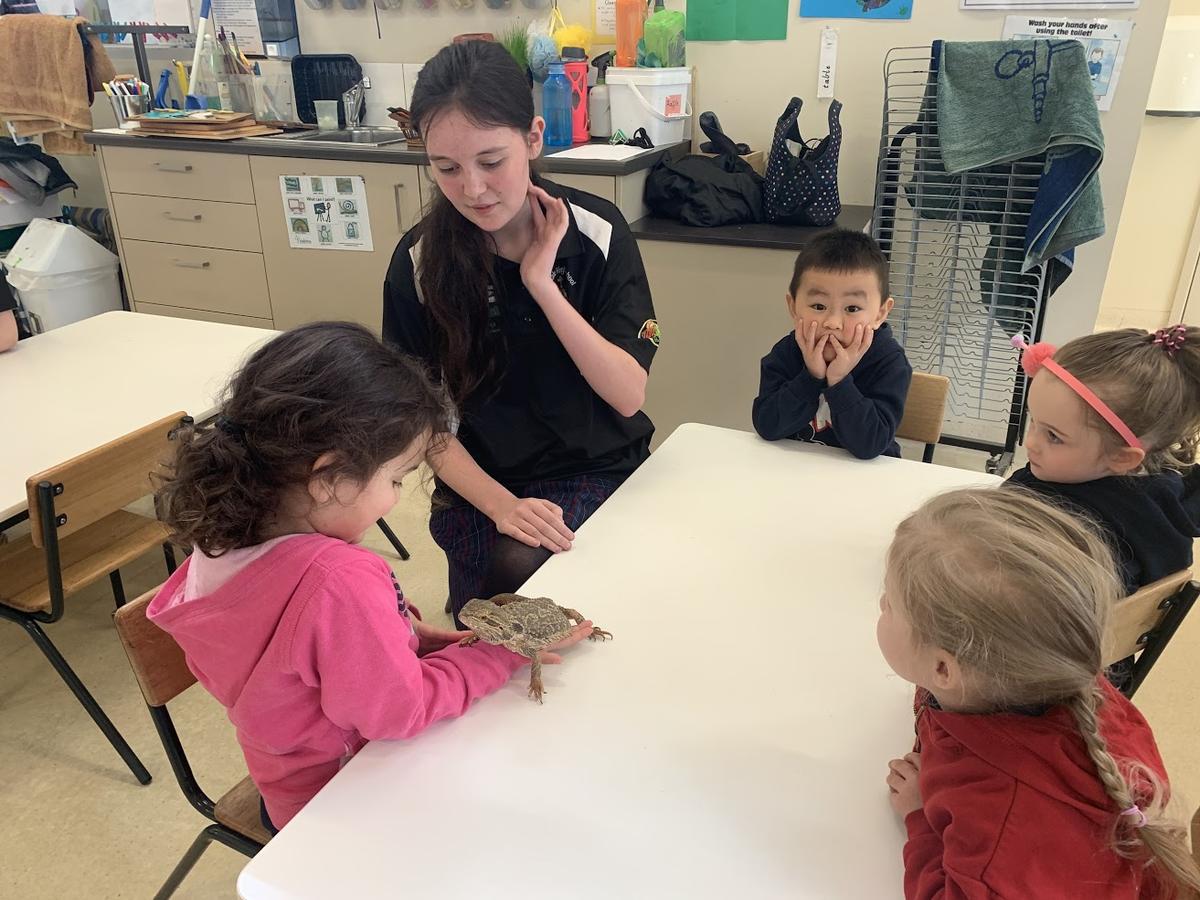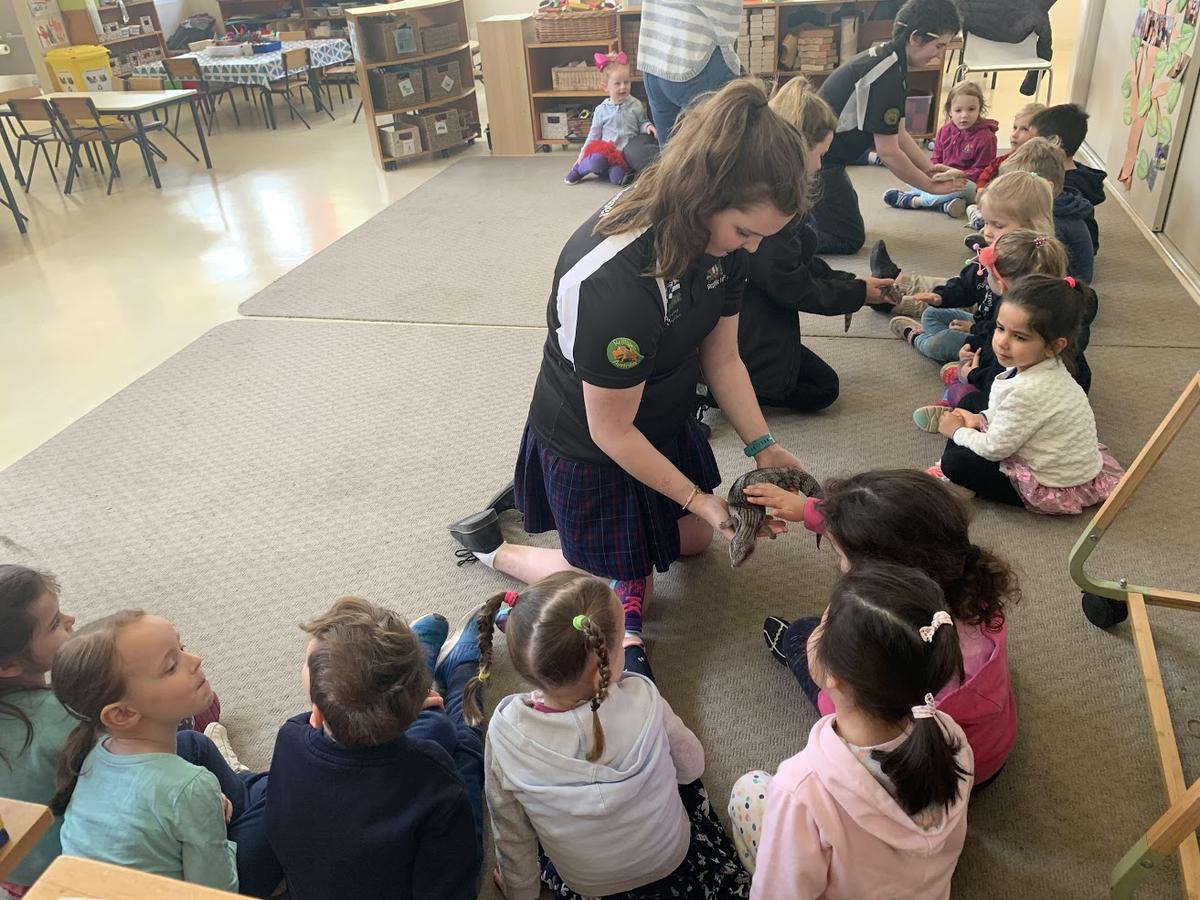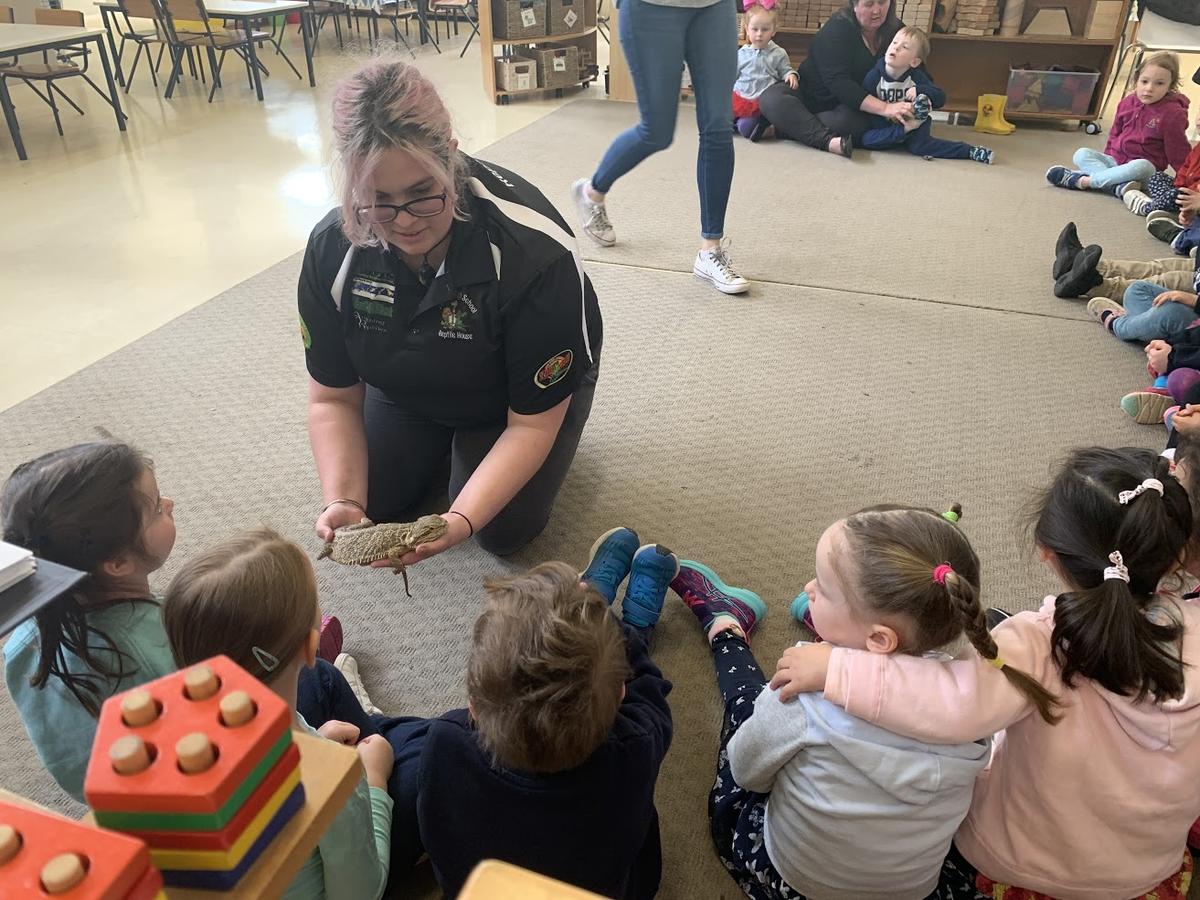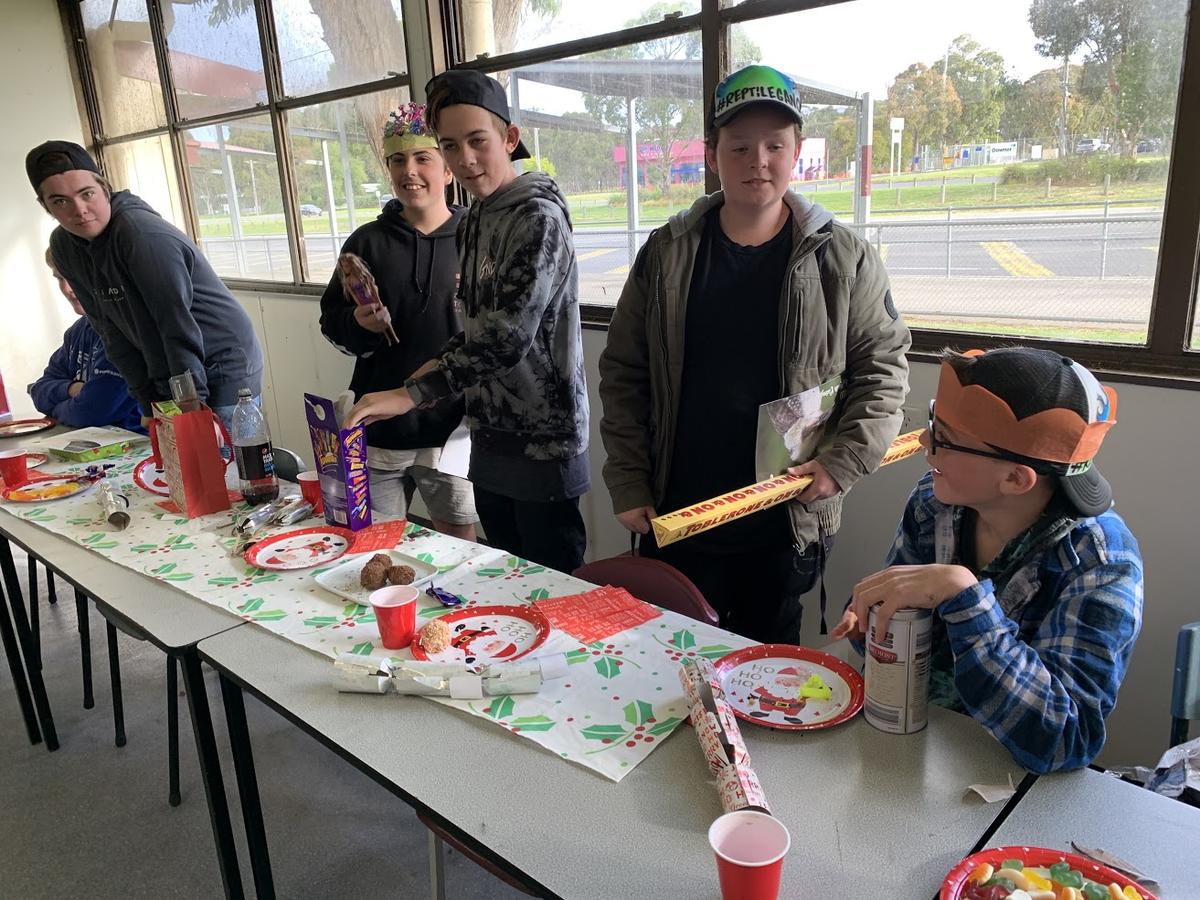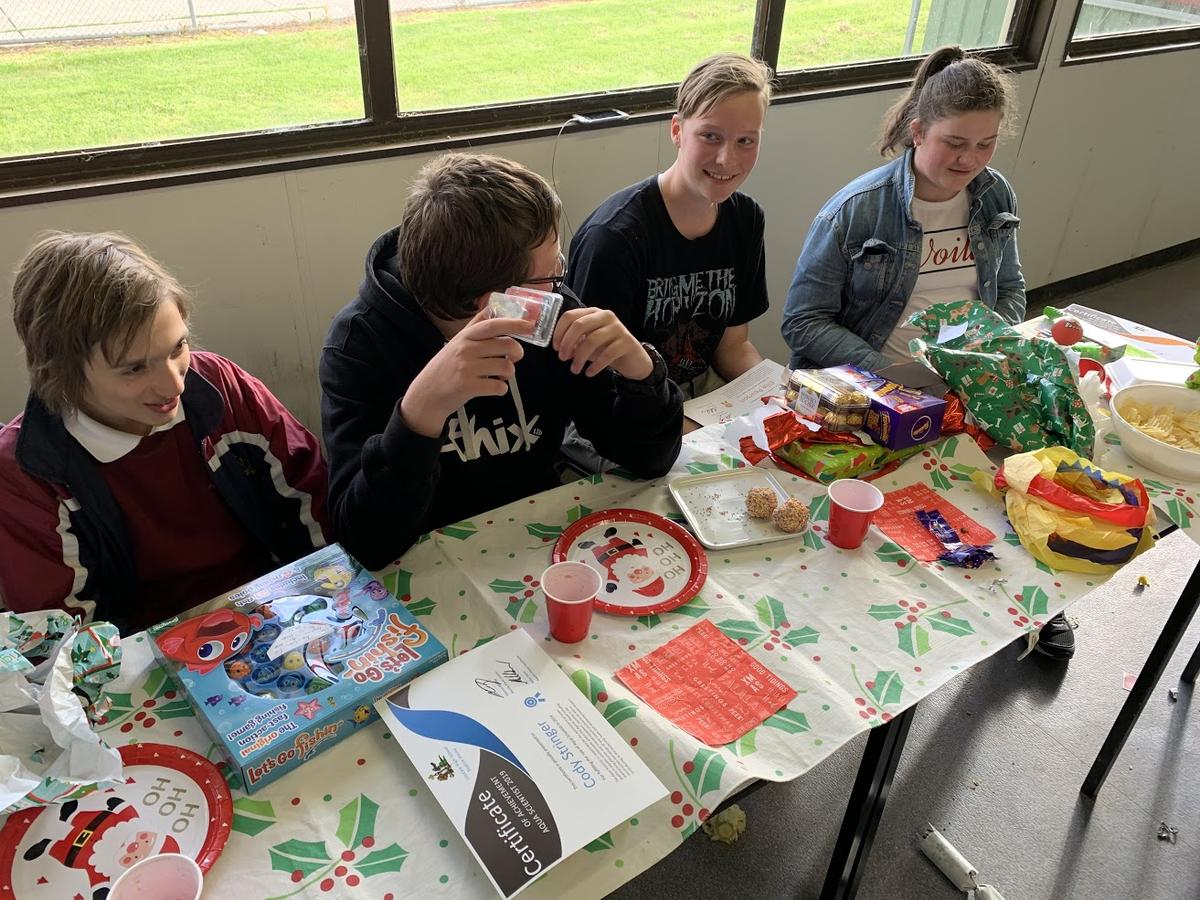REPTILE HOUSE
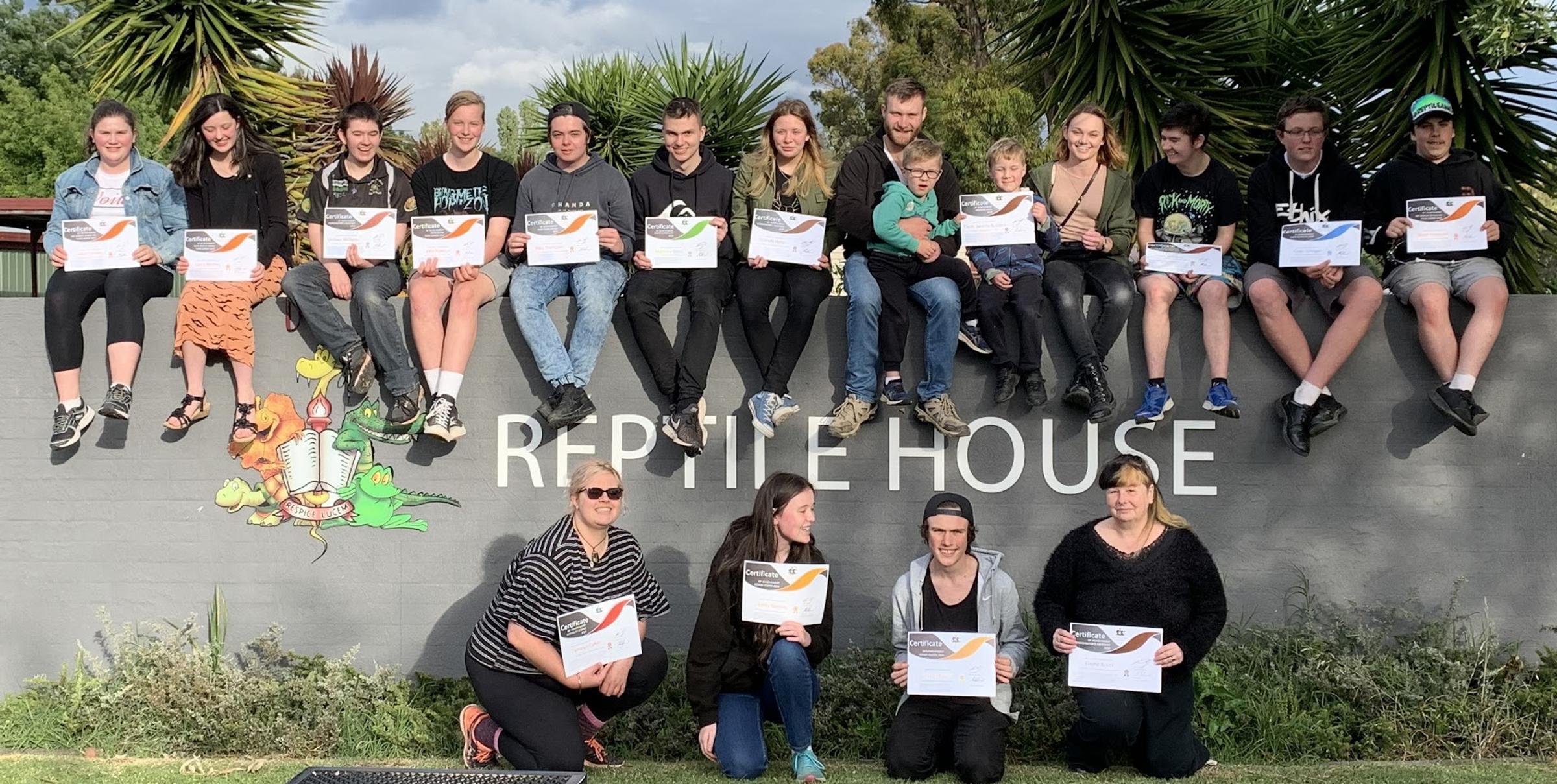
Christmas has come EARLY!
November and December has been a busy time in the Reptile House with countless animals hatching out of eggs or being born. The Zoo Keepers have been busy tending to all the babies needs and doing a great job. With most babies doubling and tripling the weight within just a few weeks.
The off-display teams, headed up by Blake Hopgood and Jaden Dooley were excited to discover, 4 clutches of baby blue tongues, born over the last couple of weeks in November. Among the newcomers, we had some very special blue tongues appear including; black-eyed aneries, albinos and our very first, Snow Blue Tongue – just to add to the Christmas theme.
We’ve had over 50 baby bearded dragons hatch out, 3 tawny dragons and countless tadpoles form 3 different frog species. We also had another Reptile House first, with 13 beautiful Green Tree Pythons arriving in Mid-November. We’re still waiting for more to hatch and we suspect, there may still be more eggs to come.
Over the past few weeks the Zoo Keepers have been busy taking the animals on the road and visiting a number of the local kindergartens, to talk to children about the animals and linking it in with the curriculum being taught at kindergartens. This experience gave the Zoo Keepers the opportunity to practice some public speaking, as well as show off their animals.
We also had a number of Year 7 and 9 classes back at school, making the most of the Reptile House, to investigate animal adaptations in a more practical way, allowing students to see first-hand, structural, behavioural and physiological adaptions in reptiles.
The annual Christmas party was held a little earlier this year, to celebrate the year and to thank all the students involved. Those holding leadership positions were awarded with certificates and acknowledged for their hard work and we also thanked the numerous volunteers, who gave up their personal time to assist on a regular basis.
We’ve finally had some progress with the Zoology Centre. The site has started to be cleared in preparation for the construction of the new building, which should start early next year. More updates to come soon!
It has been an amazing year in 2019, with a stronger than ever team of highly motivated students, all committing an amazing amount of time to the program and helping it be as successful as it possibly can be. Congratulations to everyone who has been involved!
Keeper Profile
Matthew Moss: Senior Keeper/Horticulturist
Age: 17
How long have you been a keeper in the Reptile House?
Four years (took a break in Year 9).
Which animals do you enjoy working with the most?
I enjoy working with the Rough-throated Leaf Tailed Geckos. They are always calm, peaceful animals and are really easy to handle. They are just really cool looking animals.
What has been one of your most memorable moments in the Reptile House?
The most memorable moment in the Reptile House was when, we were moving all the animal enclosures to the Administration building, in preparation for the construction of the new building, being implemented. A lot of hard work but, a lot of fun too!
What do you enjoy about being a keeper in the Reptile House?
I enjoy doing all the complicated jobs and dirty jobs, in the Reptile House. I get some enjoyment out of them and it's fun learning about new and exciting jobs. I also get enjoyment from meeting new people that are interested in the Reptile house or, if they are just visiting.
What are your aspirations for the future?
I'm hoping in the future, from the experience in the Reptile House, I can go out and become an enclosure designer for zoos and animal parks in Victoria.
Which animal is your favourite and why?
My favorite reptile is the Rhino Iguana. However, because it’s an exotic animal, we can't have it in the Reptile House.
My favorite reptile in the Reptile House is, the Rough-throated Leaf Tailed Gecko (Saltuarius salebrosus). I've had an interest in these animals for quite a while. Like other geckos, these ones are slightly different, to the rest of the other geckos in the world. They can blend in with the bark of trees so well, it's almost impossible to spot these animals in the wild. These animals will usually hunt for little insects in the wild. In the Reptile House, we feed them the correct amount of crickets, to help them thrive and live healthy lives. These animals are found in Queensland and usually, they like to live in rainforest areas.
What is your leadership role in the Reptile House?
I am a Senior Keeper and hold the special role of Horticulturist, which means, I’m in charge of taking care of the plants found in the animal enclosures. I enjoy the role because, another aspect of the role is, designing and creating different landscapes and environments for different animal enclosures.
The most challenging part of the role, is trying to keep up with the new diseases that plants can carry. I enjoy the challenge of researching and I’ve learnt a lot in the process.
I chose this role because, I have a basic understanding of plant care and how to ensure they are getting what they need. It also fits in well with the VET Horticulture course, I am currently doing.
With the new Zoology building being built over the coming year, what are you looking forward to the most, when we move into that new building?
I'm looking forward to moving all the enclosures back into the new building. I'm also looking forward to setting up all the enclosures and giving the animals a brand new environment to live in. I'm also looking forward to all the new technology to be implemented into the new room as well.
Creature Feature 5
Saltuarius salebrosusRough-throated Leaf-tailed Gecko
Rough-throated Leaf-tailed Gecko
Snout to vent Length 140mm
There are 17 species of leaf-tailed geckos currently recognised in Australia and no doubt be many more will be described in the future.
They are spectacular lizards with flat bodies, angular, clawless, padless digits and most species have large ‘leaf-like’ tails. They are well camouflaged to suit their environment.
One of the larger and most interesting species is the Rough-throated Leaf-tailed Gecko, which occurs in South East Queensland.
It is a nocturnal inhabitant of rainforests, but also, granite outcrops, sandstone cliffs, caves and overhangs. They feed entirely on invertebrates and like all geckos, usually produce only two eggs.
The Lilydale High School collection has a number of these geckos and we have managed to successfully breed them.
Mike Swan
Marcus Whitby


